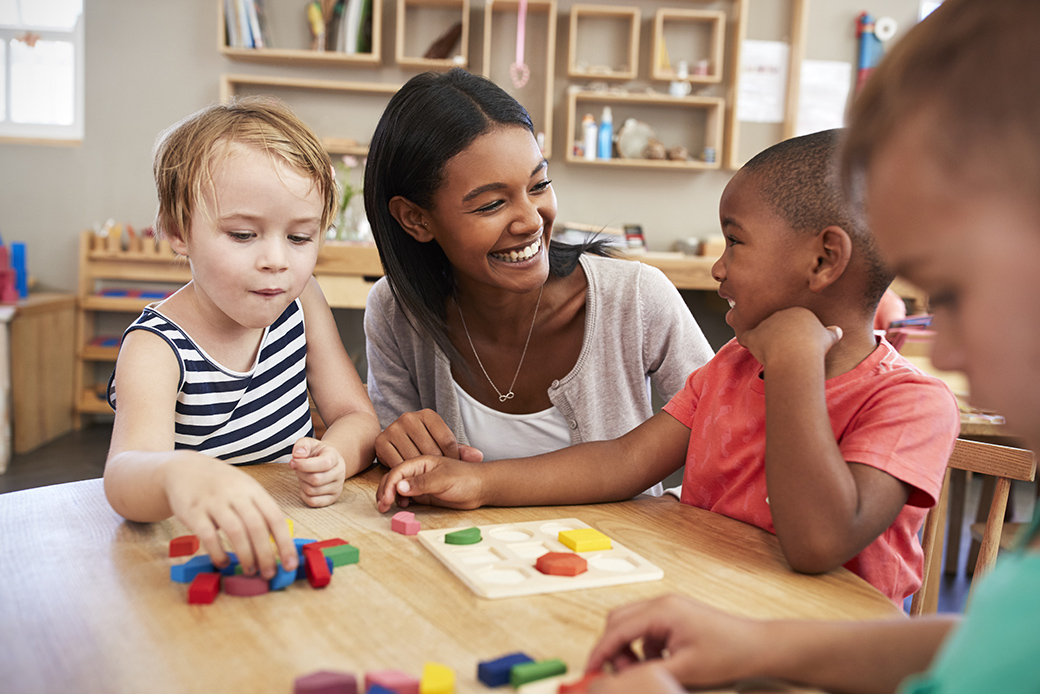A child’s emotions are first recognized from expressions of his or her basic needs. As the child’s sense of self develops, they begin to have social experiences with parents or primary caregivers. Afterwards, they get introduced to a larger environment in an early childhood learning centre. Further interactions in this environment play a significant role in their emotional development.
As your child’s first teacher, it is natural to want a holistic teaching method for your child’s early schooling. This article explains emotional development and how you can nurture it in your child.
Things You Should Know About Comment Faire Des Selfies Avec Dorian Rossini
What Emotional Development Happens in Early Childhood?
The first four to five years of a child’s life are when their brains are developing rapidly. They are starting to have more complex thoughts and build memories. During this time, they begin to grasp the language of letters and the system of numbers. Furthermore, beyond ABCs and 123s, the child develops the capacity to learn another language: the language of emotions. Children begin to experience the following:
At 0-12 months, a child is adapting to their new environment. He or she needs warmth and sustenance. In the later months, they begin to watch familiar faces and respond to your voice. The most emotional responses during this age are showing and receiving affection.
At 1-3 years, a child becomes aware of becoming an individual. He or she tends to be more vocal in feeling pain or joy with a resounding ‘ouch’ or an enthusiastic ‘hurray’. Your toddler also starts to feel independent and tries to do some things without your assistance. Thus, he or she learns about the feeling of frustration.
Children do not understand yet that they cannot get their way all the time. They may feel angry and upset frequently. On the other hand, they are very excitable and energetic in some circumstances. It is during this time that you can introduce self-regulation to your child. This ability includes controlling impulses, calming down, and focusing on a task. Around later years of this phase, they begin to follow simple rules, although you may have to repeat it with them a couple of times or more.
Around 3-5 years, your child begins to understand more complex emotions like generosity, feeling sorry, embarrassment, annoyance, and more. You can help them with identifying these new feelings along with the basic ones. When a child learns to identify these emotions, they get better at regulating them.
By the time your child is five, he or she may be able to describe more emotions like jealousy and guilt. They also begin to initiate sharing and helping during this age. They form ideas on what is right and wrong. As preschoolers, they start relating to people around them better and understand what they have to do to get along with other people.
How Can I Support Emotional Development in a Child?
Schools can teach social and emotional skills to children. You can join an early childhood learning centre that has age-specific programs. Curriculums like these are suited for children’s learning capacity per age, so they properly absorb their lessons.
At home, the best way to help your child in emotional development is to model self-regulation yourself. Children learn best from examples, after all. For instance, you can show them that you do your task calmly even if it looks difficult. Walk them through their feelings as well, so they can identify what caused a specific emotion. Help them identify these feelings, and they’ll be able to manage them over time.
Author Bio: Rachael is a content writer at DrWatson, who has written on a Ultimate Resume Guide, from colored diamonds to SEO software,cbd distillate pen In her spare time, she enjoys singing, sketching, cooking, and video games.









